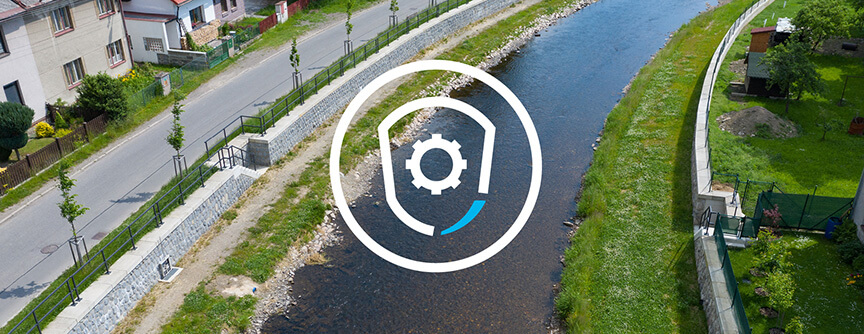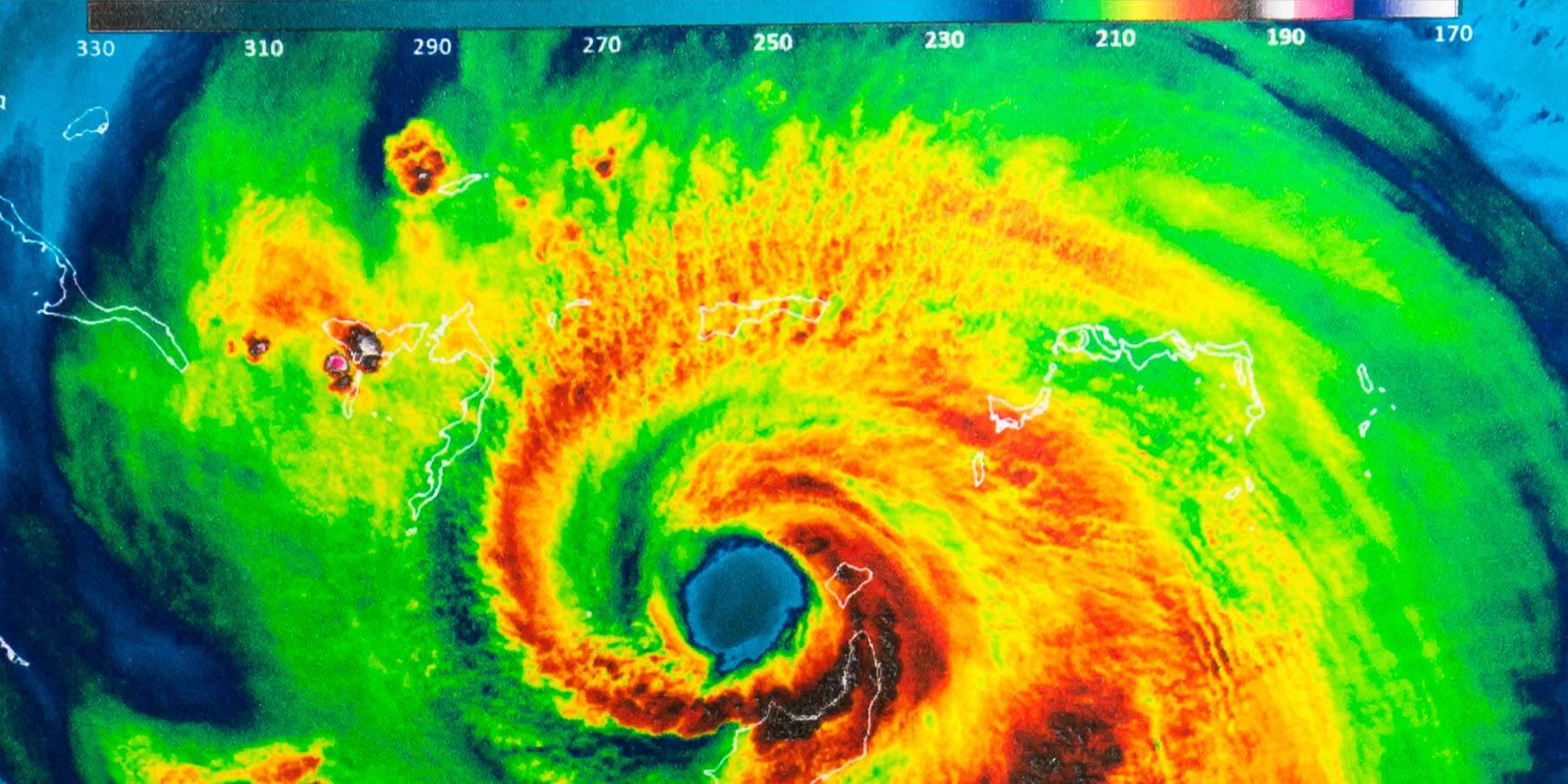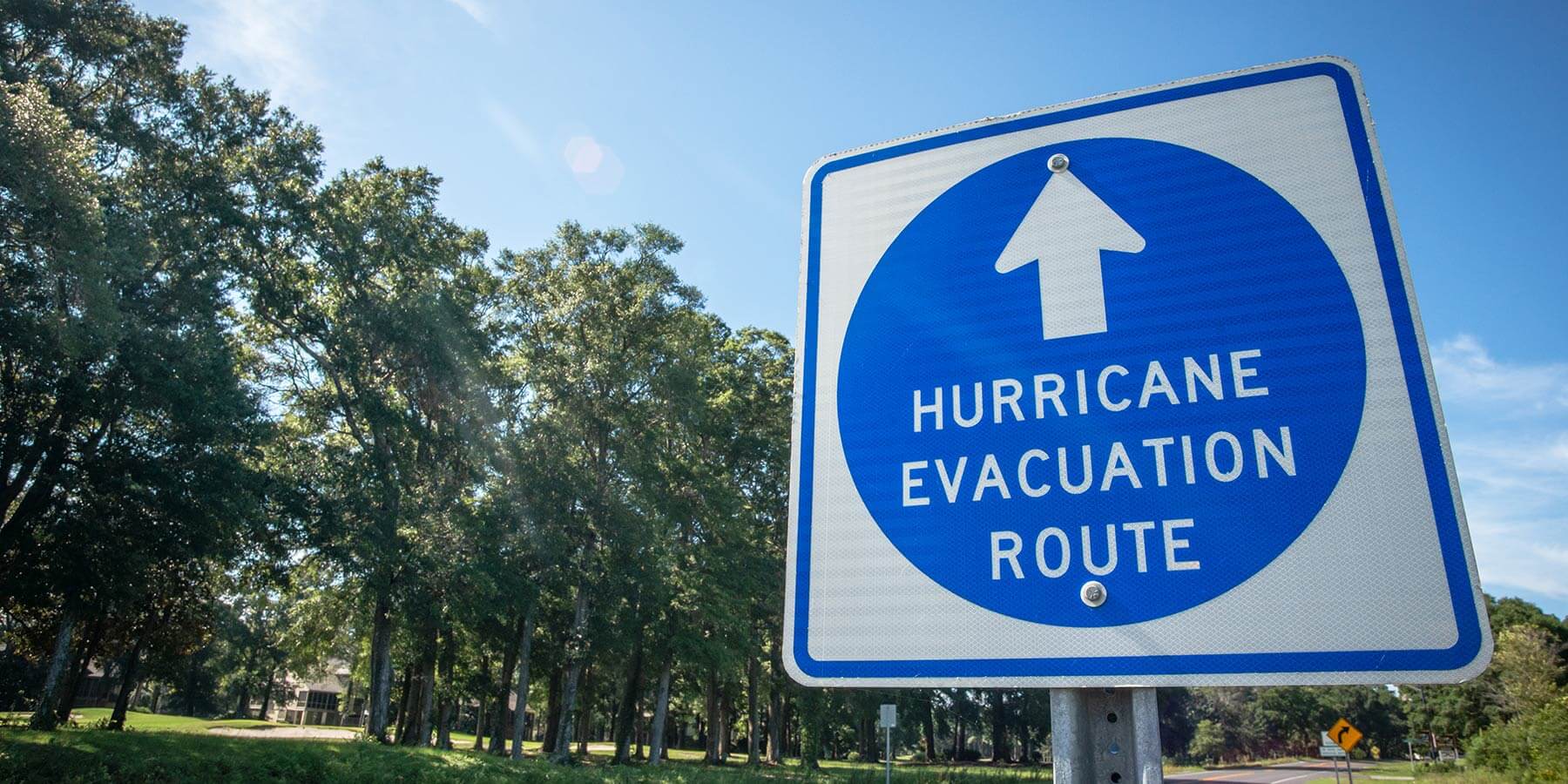In the aftermath of a disaster, the journey towards recovery and resilience is paved with critical decisions and actions. One such action is implementing mitigation measures after the disaster to focus on building a safer, more resilient community.
Understanding Mitigation Measures
These measures are designed to minimize or entirely prevent the physical and economic impacts of disasters on infrastructure and in communities susceptible to them.
A comprehensive mitigation strategy, encompassing both immediate post-discovery actions and long-term planning, is essential for enhancing community resilience against future disasters. In the immediate aftermath, rapid measures such as stabilizing compromised structures or implementing temporary flood defenses are crucial to prevent further damage.
The longer-term approach should include significant infrastructure reinforcement, policy revisions, and extensive public education efforts. This dual focus addresses the immediate impacts of disasters and undertakes a thorough examination of environmental and policy factors that influence a community’s vulnerability.
Mitigation Measures after a Disaster
Mitigation measures are not standalone tasks; they are an integral part of the disaster recovery process. By reducing the risk of future disasters, these measures ensure recovery efforts are more than a temporary fix and a step towards a more resilient future.
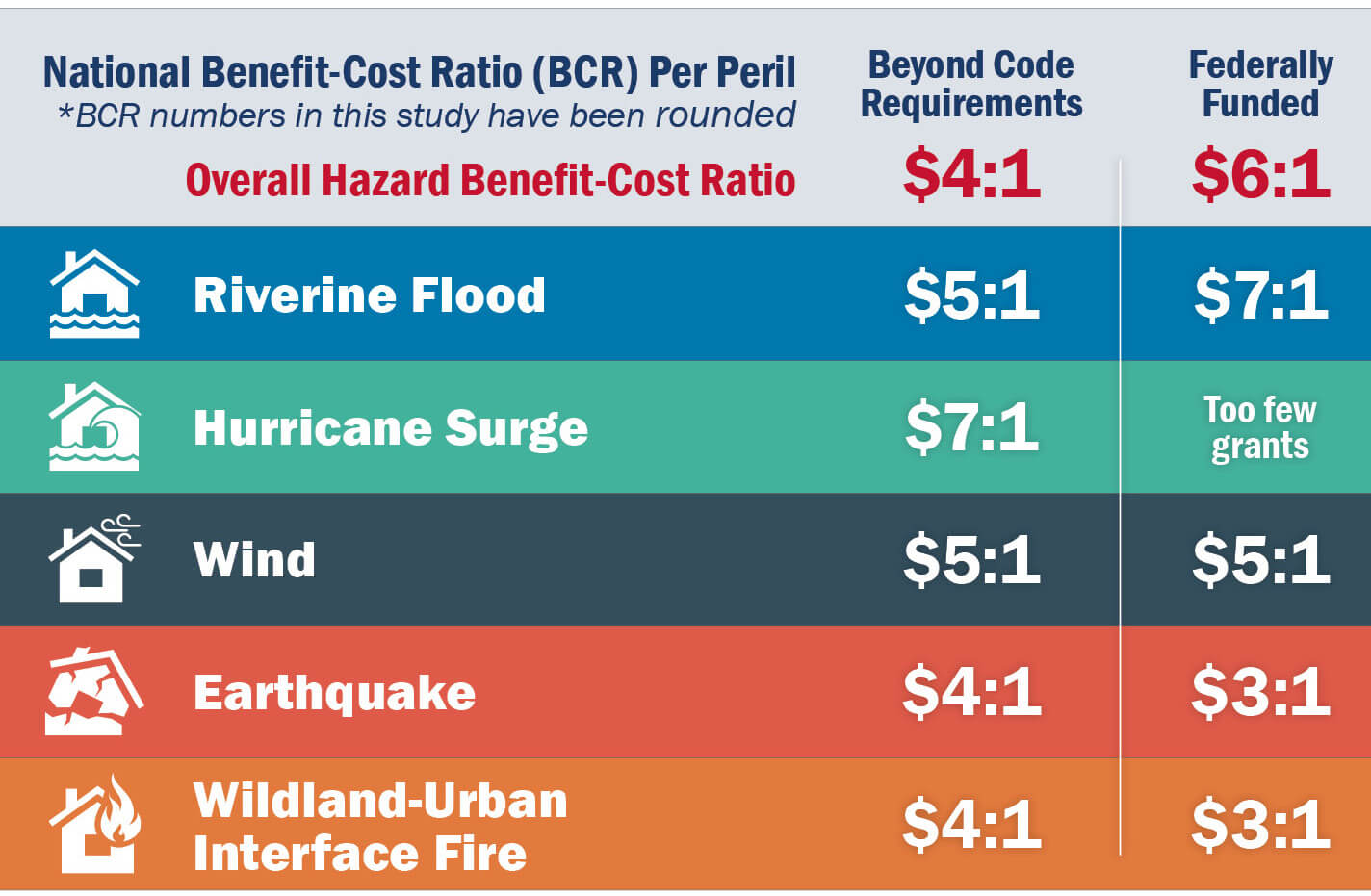
Effective mitigation can significantly lower the costs and impacts of future disasters, both in terms of human lives and economic expenditure. In fact, the National Institute of Building Sciences found in their National Hazard Mitigation Saves Interim report that for every dollar spent on mitigation efforts from federal grants, communities can save an average of six dollars in future disaster recovery costs.
The successful application of mitigation measures requires a deep understanding of the specific threats each community faces and the vulnerabilities inherent in their environments and infrastructures.
Through strategies such as elevating homes in flood-prone areas, enforcing stricter building codes, or creating buffer zones to mitigate wildfire risks, mitigation plays a pivotal role in shaping resilient communities.
Additionally, public education is important in mitigation efforts. Incorporating case studies and examples of successful mitigation efforts post-disaster can offer valuable lessons. Whether it’s rebuilding a town with improved defenses after a devastating flood or retrofitting buildings in an earthquake-prone area, real-world examples provide tangible evidence of mitigation’s effectiveness.
Below are examples of key mitigation measures that play a vital role in the aftermath of a disaster and how they can be implemented.
Infrastructure Reinforcement
- Upgrading building codes to withstand natural disasters like earthquakes, floods, and hurricanes.
- Strengthening public utilities and services to ensure they remain operational during and after disasters.
- Implementing flood defense systems such as levees and sea walls in vulnerable areas.
Natural Barriers and Ecosystem Restoration
- Restoring wetlands, mangroves, and forests that act as natural buffers against storm surge and floods.
- Planting vegetation on slopes and hillsides to prevent landslides and soil erosion.
- Creating green spaces and parks that absorb floodwaters and incorporating sustainable design practices like green or reflective roofs and pervious pavements can reduce urban flooding and heat island effects.
Policy and Planning
- Developing and enforcing land-use policies that discourage construction in high-risk areas.
- Revising building codes to incorporate disaster-resilient materials and designs.
- Implementing zoning laws that protect natural barriers and encourage open spaces.
Community Education and Preparedness
- Conducting disaster preparedness workshops and drills to educate the public on emergency response actions.
- Developing community-based programs that involve residents in disaster planning and mitigation efforts.
- Utilizing social media and communication technologies to disseminate information quickly during emergencies.
These measures are integral to building a framework of resilience. By combining infrastructure improvements with environmental restoration and community engagement, the path to recovery can lead to a future where communities are ready to withstand the disasters of tomorrow.
Challenges in Implementing Mitigation Measures

While the benefits of post-disaster mitigation measures are widely recognized, several challenges can impede their implementation, including the following:
- Funding Constraints: Securing adequate resources for comprehensive mitigation projects may be a significant hurdle for smaller communities. Grant funding solutions from federal and state agencies should be explored to support large-scale mitigation efforts.
- Logistical Issues: The complexity of coordinating mitigation projects, especially in severely damaged or remote areas, can delay implementation. Streamlining project management processes is crucial for timely execution.
- Community Buy-In: It is often challenging to gain the support of local communities for mitigation measures, particularly those that require significant changes to land use or lifestyle. Effective communication and stakeholder engagement strategies are key to overcoming skepticism.
Overcoming these challenges requires a concerted effort from government bodies, non-profit organizations, and the communities themselves.
Mitigation Success Stories
Real-world examples of successful mitigation efforts provide invaluable insights into effective disaster resilience strategies. Below are a few notable success stories which underscore the impact of well-executed mitigation measures.
LaGuardia Airport Flood Control
The State of New York implemented a $40M comprehensive flood protection project at LaGuardia Airport, which included the construction of a floodwall, the installation of dikes, enhancements to the stormwater drainage system, and emergency generator installation. Additional improvements were made to the Supervisory Controls and Data Acquisition (SCADA) systems at the airfield, enabling a robust response to adverse weather conditions. These mitigation measures significantly bolstered the airport’s defenses against flooding, ensuring safer and more reliable operations for travelers and staff alike.
Earthquake Retrofitting in San Francisco
Following the 1989 Loma Prieta earthquake, San Francisco embarked on a comprehensive seismic retrofitting program. This initiative focused on strengthening buildings, bridges, and infrastructure to withstand future earthquakes.
The program’s success is attributed to a combination of strict building codes, community engagement, and innovative engineering solutions, significantly reducing the city’s vulnerability to seismic events.
Future of Disaster Mitigation
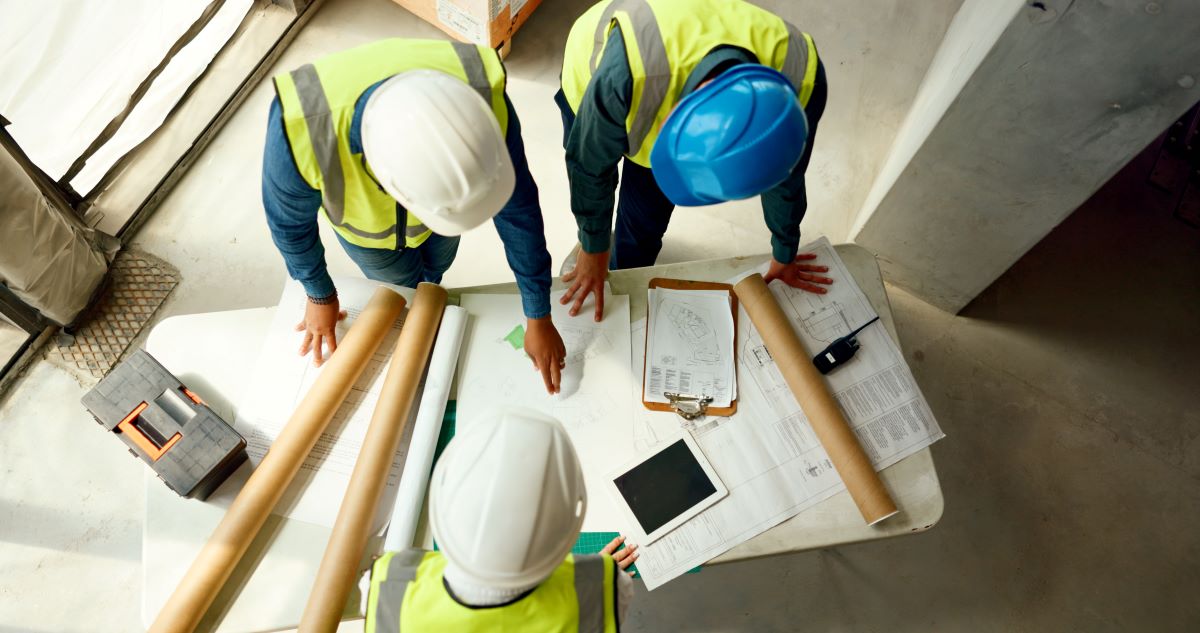
The landscape of disaster mitigation is evolving through technology advances and a growing emphasis on sustainability and community involvement:
- Technology and Innovation: Emerging technologies like artificial intelligence, remote sensing, and blockchain are set to revolutionize disaster mitigation. These tools can enhance risk assessment, improve resource allocation, and facilitate more effective communication during emergencies.
- Sustainable and Nature-Based Solutions: There’s an increasing shift toward integrating nature-based solutions into disaster mitigation plans. Strategies such as restoring coastal mangroves to buffer against storm surges or urban green spaces to manage floodwaters mitigate disaster risks and contribute to environmental conservation.
- Community-Led Initiatives: Empowering local communities to lead mitigation efforts ensures that strategies are tailored to specific needs and challenges. Community-led initiatives foster a sense of ownership and responsibility, which is crucial for sustained engagement and success.
Building a Resilient Future Together
Effective mitigation measures pave the path to resilience in the face of disasters. Engaging with the above strategies, advocating for robust policies, and participating in community efforts are crucial steps we can all take.
Explore a recent Disaster Recovery Today issue to learn more about disaster mitigation and how it can fortify communities against the inevitable challenges posed by natural and human-made disasters.
Together, we can transform the landscape of disaster recovery and resilience, ensuring a future where communities can thrive. Contact us today to learn how to build a safer, more resilient community.
